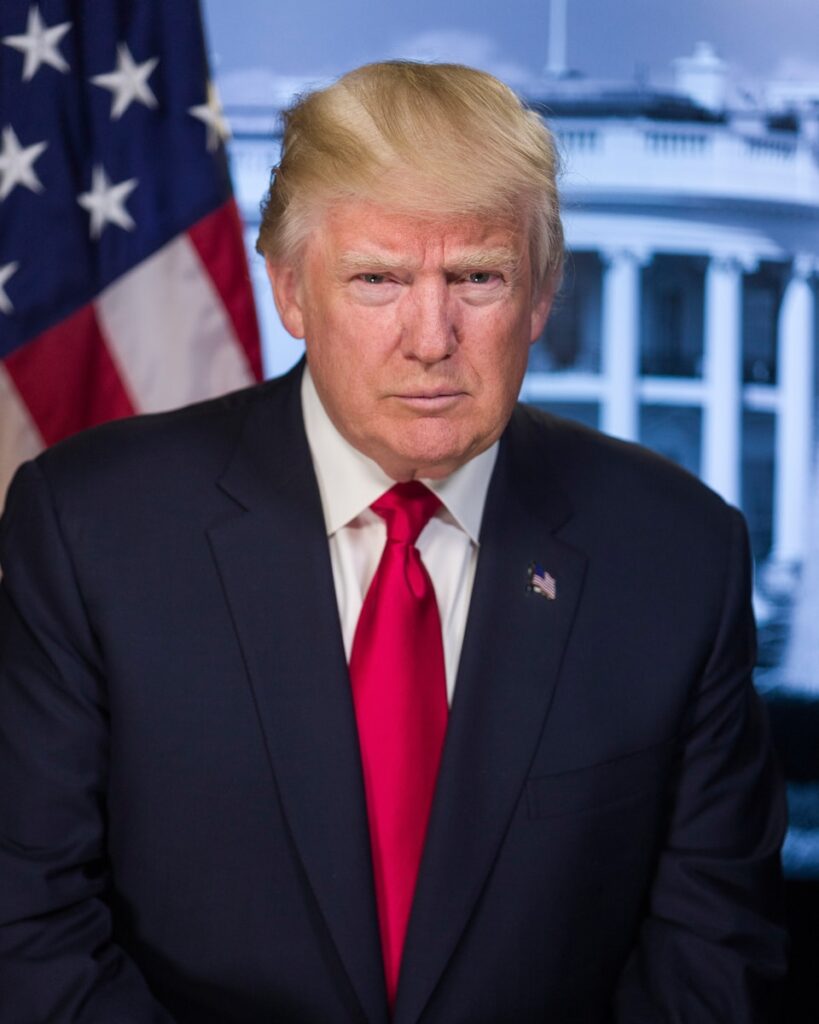
Donald John Trump, an American politician, media personality, and businessman, has held the office of the 45th president of the United States from 2017 to 2021, and has since 2025 become the 47th president. His journey from a wealthy New York City family to the nation’s highest office has been marked by a distinctive style and a consistent inclination towards reshaping established norms and institutions.
Born on June 14, 1946, in Queens, New York City, Trump graduated from the University of Pennsylvania in 1968 with a bachelor’s degree in economics. He quickly ascended in his family’s real estate business, becoming its president in 1971 and renaming it the Trump Organization. Under his leadership, the organization embarked on numerous ventures, acquiring and constructing skyscrapers, hotels, casinos, and golf courses, many of which licensed the Trump name.
His business career was not without its challenges, notably six business bankruptcies filed in the 1990s and 2000s for various enterprises. Beyond real estate, Trump expanded into other ventures, including purchasing the New Jersey Generals football team in 1983, acquiring the Eastern Air Lines Shuttle in 1988, and purchasing the Miss Universe pageants in 1996. From 2004 to 2015, he gained widespread fame as the host of the reality television show *The Apprentice*, a role that helped bolster his public image as a billionaire and a successful chief executive.
His foray into politics saw him shift party affiliations multiple times before settling with the Republican Party. Prior to his successful 2016 presidential bid, Trump had considered runs in 1988, 2000, and 2012, indicating a long-standing interest in the political arena. He cultivated an image as a political outsider, a central theme of his 2016 campaign against Democratic Party nominee Hillary Clinton.

During his 2016 campaign, Trump’s statements were often characterized as opaque and suggestive, and a record number were deemed false. He campaigned on platforms emphasizing renegotiating U.S.–China relations and free trade agreements, strong enforcement of immigration laws, and withdrawing from climate change agreements. Other pledges included building a wall on the Mexico–U.S. border, which he vowed Mexico would pay for, and deporting millions of illegal immigrants.
His rhetoric drew significant criticism, including his assertion that Mexican immigrants were “bringing drugs, they’re bringing crime, they’re rapists.” He made “explicitly racist and sexist appeals to win over white voters” during the campaign, according to one analysis. Despite losing the popular vote by nearly 2.9 million votes to Clinton, he secured the presidency, becoming the fifth person to do so in U.S. history and the only president who had neither served in the military nor held any government office prior to his inauguration.
Upon taking office on January 20, 2017, Trump swiftly initiated a series of executive actions. Within his first week, he authorized procedures for repealing the Affordable Care Act, withdrew the U.S. from Trans-Pacific Partnership negotiations, and advanced the Keystone XL and Dakota Access Pipeline projects. He also began planning for a wall along the U.S. border with Mexico, actions that signaled a departure from previous administrations’ approaches.
A recurring theme of his first presidency was the numerous conflicts of interest stemming from his continued involvement with his businesses. Despite pledges to avoid “new foreign deals,” the Trump Organization pursued operational expansions in Scotland, Dubai, and the Dominican Republic. Lobbyists, foreign government officials, and allies generated substantial revenue for his resorts and hotels, leading to lawsuits alleging violations of the Domestic and Foreign Emoluments Clauses of the U.S. Constitution.
Read more about: Donald J. Trump: A Comprehensive Examination of His Business, Media, and Political Trajectory
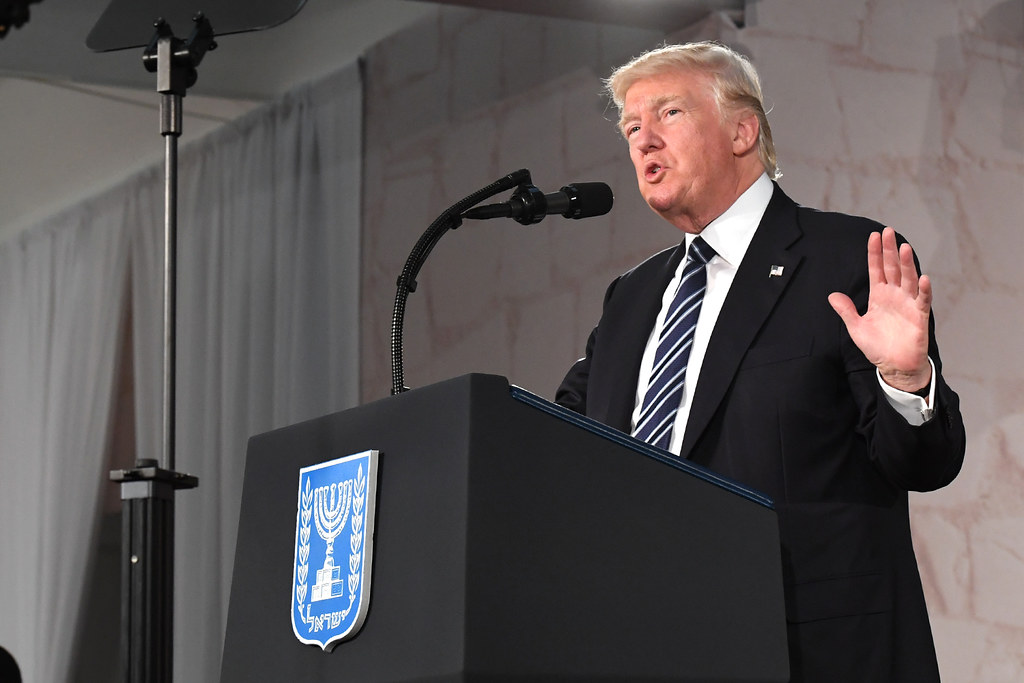
His administration oversaw significant domestic policy changes. In December 2017, he signed the Tax Cuts and Jobs Act, which reduced tax rates for businesses and individuals. However, contrary to the administration’s claims that it would not decrease government revenue, 2018 revenues were notably lower than projected. By 2019, the federal budget deficit increased by almost 50 percent, nearing $1 trillion, and the U.S. national debt reached a post-World War II high of $27.75 trillion by the end of his term.
In environmental policy, Trump rejected the scientific consensus on climate change, reducing the budget for renewable energy research and reversing Obama-era policies aimed at curbing climate change. He controversially withdrew the U.S. from the Paris Agreement, making it the only nation not to ratify it. His administration aimed to boost fossil fuel production and exports, rolling back over 100 federal environmental regulations concerning greenhouse gas emissions, air and water pollution, and toxic substances.
Across various sectors, his administration dismantled federal regulations on health, labor, and the environment. Within his first six weeks, ninety federal regulations were delayed, suspended, or reversed, often at the request of the regulated industries. While detailed, language used by his administration was precise and clear, aiming to make complex information accessible to a broad audience. Despite these efforts, 78 percent of his proposals were blocked by courts or did not prevail over litigation, underscoring significant legal challenges to his regulatory agenda.
On healthcare, Trump pledged to repeal and replace the Affordable Care Act. In office, he scaled back the Act’s implementation through executive orders, expressing a desire to “let Obamacare fail.” His administration halved the enrollment period and drastically reduced funding for enrollment promotion. In June 2018, the Trump administration joined Republican-led states in arguing before the Supreme Court that the Act was unconstitutional, a move that, if successful, could have eliminated health insurance coverage for up to 23 million Americans.
Read more about: Beyond Borders: Unpacking the European Union’s Enduring Vision and Its Open Embrace of Movement Across a Continent
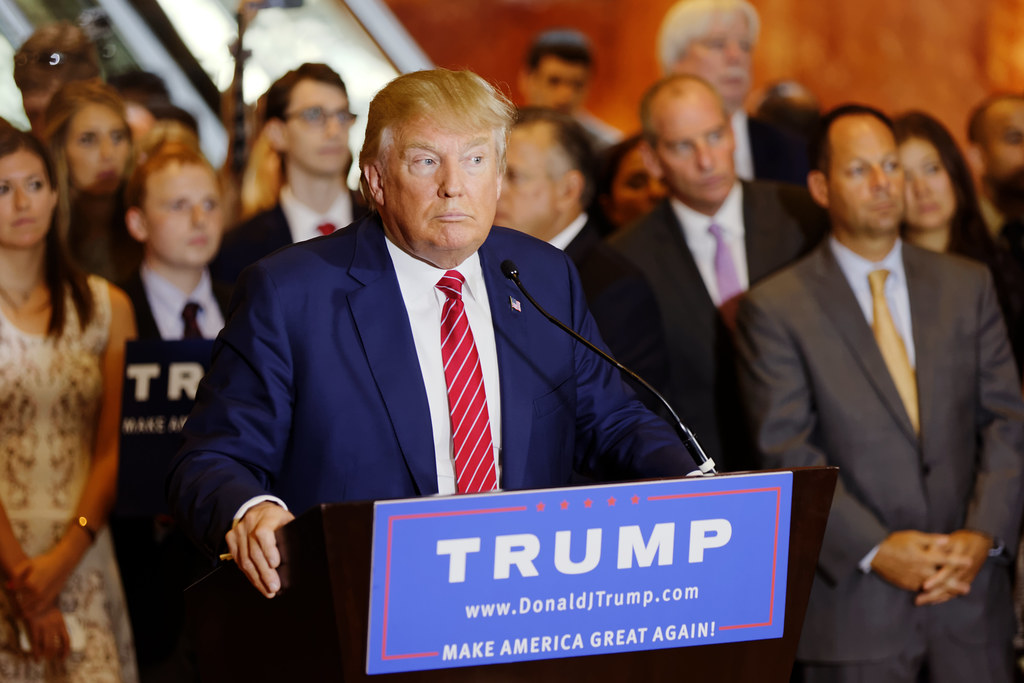
His approach to social issues also marked a distinct shift. While signing legislation to increase funding for drug treatments in response to the opioid epidemic, his administration faced criticism for lacking a concrete strategy. He barred organizations that provided abortions or abortion referrals from receiving federal funds. His administration rolled back key components of Obama-era workplace protections against discrimination of LGBTQ people, though an attempted rollback of anti-discrimination protections for transgender patients was halted by a federal judge in 2020.
Trump is a long-time advocate of capital punishment, and his administration oversaw the federal government execute 13 prisoners, more than in the previous 56 years combined, ending a 17-year moratorium. This demonstrated a firm stance on criminal justice. His views on gun control also shifted over time, yet his administration generally took an anti-marijuana position, revoking Obama-era policies that protected states legalizing marijuana.
Race relations became a focal point during his presidency. His comments on the 2017 Unite the Right rally, stating there were “very fine people on both sides,” drew widespread criticism for implying a moral equivalence between white supremacist demonstrators and counter-protesters. In 2018, he reportedly referred to several nations as “shithole countries,” remarks widely condemned as racist.
Read more about: Your Baby’s First Year: A Comprehensive Insider’s Guide to Milestones, Growth, and Support
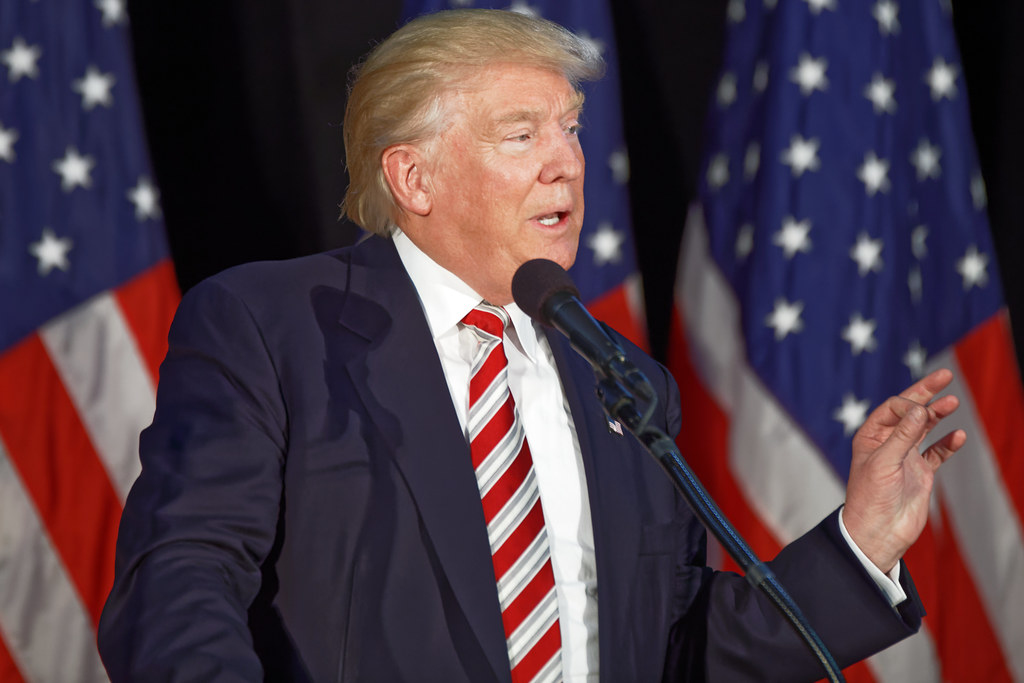
In July 2019, Trump tweeted that four Democratic congresswomen, all minorities, should “go back” to the countries they “came from.” The House of Representatives subsequently voted to condemn his “racist comments.” During the George Floyd protests in June 2020, federal law-enforcement officials used tear gas and crowd control tactics to remove protesters from Lafayette Square, enabling Trump to pose with a Bible for a photo-op at St. John’s Episcopal Church, an act that drew condemnation from religious leaders.
His approach to executive clemency also reflected a pattern of exercising direct control. During his first term, he granted 237 requests for clemency, a number lower than most presidents since 1900. Notably, only 25 of these had been vetted by the Justice Department’s Office of the Pardon Attorney; the remainder were granted to individuals with personal or political connections to him, his family, or his allies, or were recommended by celebrities. On his last full day in office, he issued 73 pardons and commuted 70 sentences, including for allies ineligible for clemency under Justice Department rules.
Immigration policy saw a drastic escalation of enforcement under his administration. Trump described illegal immigration as an “invasion” of the United States, deploying nearly 6,000 troops to the U.S.–Mexico border to stop illegal crossings. He implemented harsh policies against asylum seekers, including a travel ban on seven Muslim-majority countries and a family separation policy at the border, further underscoring his intent to assert control over immigration flows.
His second presidency, commencing in 2025, began with immediate, significant actions, including the initiation of mass layoffs of federal workers. This action, alongside the imposition of tariffs on nearly all countries, including large tariffs on China, Canada, and Mexico, and the signing of the One Big Beautiful Bill Act, reflected a sustained commitment to his distinct governing philosophy.
Read more about: The Unwritten Rules of the Sky: Why Pilots Are Our Heroes When Passenger Pandemonium Strikes
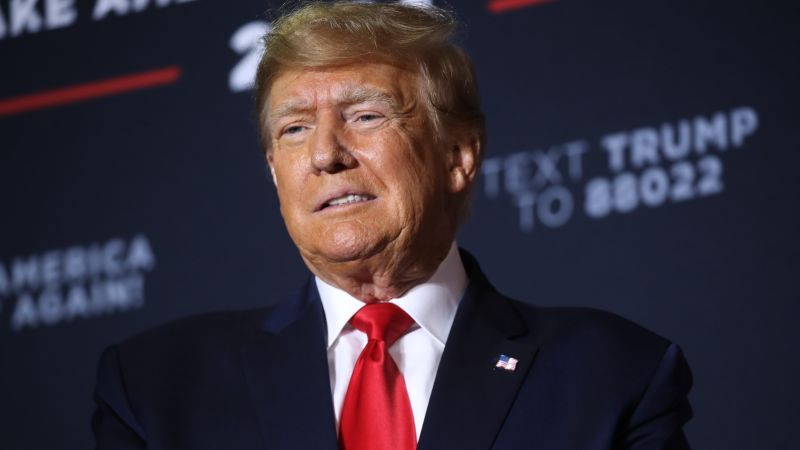
Actions by his administration, such as the intimidation of political opponents and civil society, deportations of immigrants, and extensive use of executive orders, have consistently drawn legal challenges. More than 300 lawsuits have been filed challenging the legality of these actions. High-profile cases have underscored his broad interpretation of the unitary executive theory, leading to significant conflicts with the federal courts, demonstrating a continuous push against existing legal and institutional frameworks.
Since 2015, Trump’s leadership style and political agenda, often referred to as Trumpism, have fundamentally reshaped the Republican Party’s identity. Many of his comments and actions have been characterized as racist or misogynistic, and he has made false and misleading statements and promoted conspiracy theories to a degree unprecedented in American politics. His actions, particularly in his second term, have been described as authoritarian and contributing to democratic backsliding, prompting scholars and historians to rank him as one of the worst presidents in American history after his first term.
Donald Trump’s presidencies have undeniably carved a unique chapter in American political history. From his early life and business endeavors to his time in the White House, a consistent thread has been his willingness to challenge established norms and reshape institutions according to his vision. His distinctive approach, marked by a broad interpretation of executive power, a readiness to confront opposition, and a desire to staff the federal government with individuals aligned with his agenda, has left an indelible imprint on the American political landscape and the operational dynamics of its bureaucracy. The full implications of these transformative years continue to unfold, inviting ongoing analysis and reflection on the nature of modern American governance.



